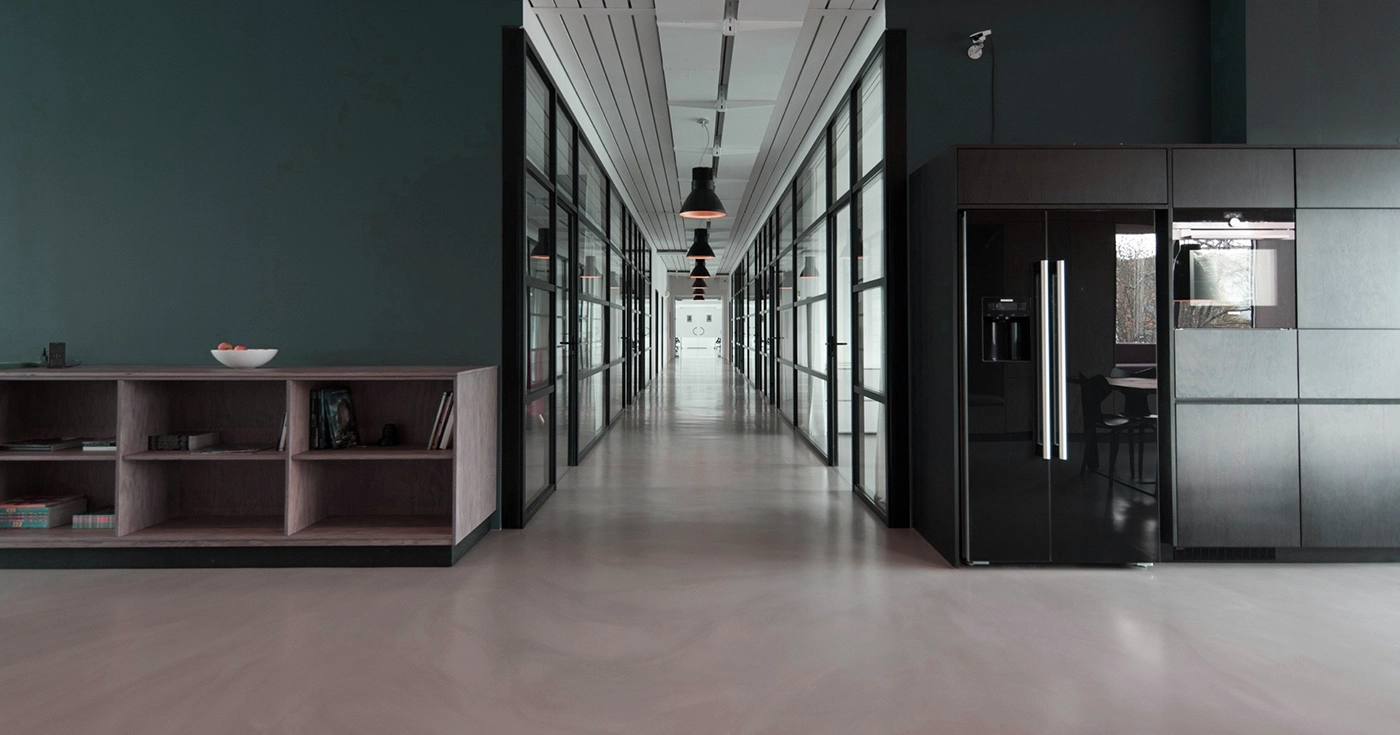
Why are companies turning to flexible offices?
Flexible offices refer to workspaces that allow employees to choose when and where to work within a shared and adaptable environment. This can include anything from “hot-desk” workstations (shared desks occupied on a rotating basis) to temporary meeting rooms and collaborative working areas. The key is that these spaces can be configured according to immediate needs, fostering a dynamic environment that goes far beyond the traditional office structure.
The transformation of workspaces in recent years has been remarkable, and with the growing demand for flexibility following the pandemic, the concept of flexible offices has emerged as an increasingly valued alternative for companies across various sectors. From startups to well-established firms, businesses see flexible spaces as a modern solution tailored to their changing needs. But who is adopting this trend, and why is it relevant for the future of the real estate market?
Expansion and growth prospects
Flexible offices have experienced sustained growth in recent years. According to data from the latest report by JLL and ProWorkSpaces, in Madrid and Barcelona, the total area dedicated to these spaces reached 643,438 square meters in the first half of the year, representing an average annual increase of 12% over the past five years. Estimates suggest that by 2030, flexible spaces could account for up to 8% of the total office area in both cities, marking significant growth compared to the current 3% in Barcelona and 2.3% in Madrid.
The pandemic has had a major influence on this trend, with over 200,000 square meters added to the market since 2020, driven by the need to adapt to new work models. Demand for these spaces is particularly strong among companies looking to reduce long-term commitments and secure strategic locations in central areas.
This trend is especially evident in Madrid, where the financial district and city center account for 84% of the total flexible office space, while in Barcelona, the 22@ district—known as a hub for technology and innovation businesses—hosts 43% of such spaces in the city. Flexible spaces can also be found across Spain, in cities like Zaragoza, Logroño, Pamplona, Valencia, Seville, and Málaga, where there has been significant uptake.
Company profiles: who occupies flexible offices?
Initially, flexible offices were primarily associated with technology companies, drawn by the scalability and collaborative, innovation-friendly environment. However, there is now greater diversity in the types of companies choosing this model. Today, while tech companies continue to lead in occupancy, the financial sector has gained ground, representing 23% of large-scale office leasing in Madrid and Barcelona.
In more peripheral areas, smaller spaces are largely utilized by professional activities such as consulting, legal services, and marketing, sectors with a strong presence of SMEs and self-employed workers. The combination of flexibility and competitive costs aligns with the needs of these businesses, which appreciate the ability to operate in a professional environment without the expenses and commitments of a traditional office.
A trend that’s here to stay
For many companies, location and flexibility have been the key factors in choosing flexible offices. Generally, users of these spaces highlight proximity to urban centers as the main draw. Additionally, pay-as-you-go models and outsourced services such as cleaning and maintenance have gained popularity, enabling businesses to focus on their core activities without worrying about operational management.
Moreover, this trend is not confined to Spain; flexible office spaces are gaining traction in other European countries. Leading the rankings so far are Amsterdam and Utrecht, followed by Barcelona, Warsaw, Milan, and Madrid. Other cities in the top 10 include Berlin, Prague, Lisbon, and Paris.
Conclusion
The rise of flexible offices in Spain reflects growing business demand for flexibility and cost efficiency. With growth projections pointing to a significant market share by 2030, it is clear that these spaces will continue transforming the corporate landscape.
The key for companies lies in carefully analyzing their needs and selecting spaces that offer both a strategic location and the operational flexibility required to adapt to a constantly evolving work environment. In this sense, flexible offices not only address current needs but also represent an investment in the future of work.

